Buy the jumper, scarf or hat from the Fremantle Dockers Team Store
There’s plenty of meaning behind Fremantle’s 2021 AFL and 2022 AFLW Indigenous jumper, which was designed by former player Des Headland, AFLW player Mikayla Morrison and artist Kevin Bynder.
Fremantle will wear the jumper in Sir Doug Nicholls round, wearing a ‘clash’ version against Port Adelaide in round 11 and a ‘home’ version against the Western Bulldogs in round 12.
It will also be work in Indigenous Roud during the 2022 NAB AFL Women's competition.
All three designers are related, with Headland the uncle of Morrison and the cousin of Bynder.
Read up on the meaning behind the jumper below.
SHARK BAY TO FREMANTLE
The right hand side of the jumper follows the journey of Headland and Bynder’s side of the family.
Bynder: “Our great grandmother is originally from Shark Bay. The top right hand side shows the netting for fishing as well as the sand dunes.
Travelling down the right hand side, we go through where our grandfather and grandmother were born and the country towns they lived in.”
Headland: “From Shark bay, the right side goes through Moora, Kununoppin, Mukinbudin and Merredin where a lot of my family still live. Making our way through past the Darling Ranges into Whadjuk Boodjar (Noongar for people of the Swan River plains, whose country is now the Perth metropolitan region). There the river mouth comes into Walyallup (Fremantle) looking out to Wadjimup (Rottnest Island).”
BEELIAR WETLANDS
The bottom left hand side represents Morrison’s side of the family. A part of that design shows the Beeliar Wetlands in the bottom left side of the jumper.
Morrison: “I really wanted to include the waterways. It’s very important to the Beeliar mob. I was born and raised on Whadjuk country, which is the Perth region, but my family is spread all around WA, through the Yamatji region around Shark Bay and Geraldton and Gija around Halls Creek in the Kimberley. My Noongar country isn’t actually Perth, it’s Balladong, which is the Wheatbelt. The left side shows all of those aspects together and coming to Perth.”
Bynder: “On the left hand side, there’s the three lakes around the Cockburn area. That’s quite significant in an Indigenous sense because water is important to our ancestors. It provides food, shelter and it plays a part in the Wagyl, who we say is our creator. The Wagyl created the lakes by coming up underground looking somewhere to lay her eggs and go down and the water will fill it.”
CLAPPING STICKS
Bynder: “The chevrons are represented by the clapping sticks. The sticks are used as musical instruments to create a beat either by itself or with a didgeridoo.”
NO.7 BOOMERANGS
Bynder: “The two no.7 boomerangs are situated in the centre. They were used for hunting birds and animals at close range.”
Headland: “The two boomerangs make a no.11 at the centre, which was my number, Mikayla’s number and also Dale Kickett’s number at Fremantle. I also wore the anchor jumper when I was playing, so it’s got an anchor look to it, too.”
ONE CLUB
Bynder: “In the bottom centre of the jumper, we have Des’s side and Mikayla’s side coming together and incorporated into one. It says that, while we all come from different places, we’re all represented at the Fremantle Dockers Football Club.”
Headland: “It’s just great to show that we’re one club, we’re united together and I’m glad to see that both teams will wear this jumper over the next year.”
THE SILHOUETTE & SEVEN LANGUAGE GROUPS
The back of the jumper shows a map of Rottnest Island above a silhouette of a pre-game photo taken by former board member Les Everett in round 4, 2003, when a then AFL/VFL record of seven Aboriginal and Torres Strait Islander players (33 Jeff Farmer, 10 Troy Cook, 28 Steven Koops, 43 Roger Hayden, 14 Antoni Grover, 11 Des Headland, 6 Dion Woods) lined up for Fremantle in a single game.
This record was surpassed again by Fremantle during round 10 2017, when eight Aboriginal and Torres Strait Islander players were in the side (Brady Grey, Jon Griffin, Joel Hamling, Bradley Hill, Stephen Hill, Michael Johnson, Danyle Pearce, Michael Walters).
Above the seven players are symbols for their language groups.
Jeff Farmer: Kaniyang (Noongar)
Troy Cook: Yinggarda (Yamatji)
Steven Koops: Larrakia
Roger Hayden: Balardung / Goreng (Noongar)
Antoni Grover: Yinggarda (Yamatji)
Des Headland: Whadjuk / Yuet (Noongar/Yamatji)
Dion Woods: Whadjuk / Wangkatha (Noongar/Wongai)
WADJEMUP (ROTTNEST ISLAND)
Between 1838 and 1931, Rottnest Island was used as a prison camp for Aboriginal men, many of whom were leaders in their communities.
At least 373 Aboriginal men are buried on the island in unmarked graves. It is the largest deaths in custody site in Australia and the largest known burial ground of Aboriginal people.
Click here for Des Headland’s explanation around this part of the design.
THE STOLEN GENERATION FLOWER
At the top of the jumper is a hibiscus flower, which is known as the Stolen Generation and also the National Sorry Day Flower. It’s a symbol of strength, healing and resilience. The Kimberley Stolen Generation Aboriginal Corporation have given Fremantle permission to use the flower in the Indigenous jumpers across Freo’s men’s and women’s teams. Visit kimberleystolengenerations.com.au to purchase your own flower and learn more about the important work they are undertaking in our community.


